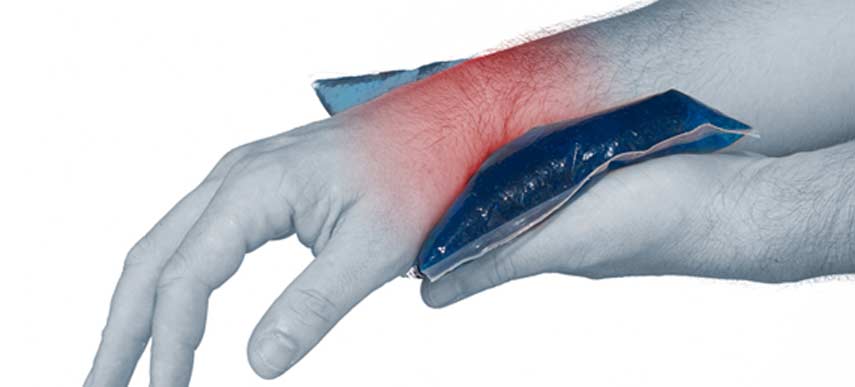
Carpal tunnel syndrome (CTS) is a type of injury that’s often associated with typing and similar forms of repetitive office work.
Resulting from excessive pressure on the median nerve, CTS it a type of injury that can also result from wrist trauma, such as a serious wrist fracture (“broken wrist”), caused by other types of work-related or personal injuries.
If initial conservative treatments aren’t effective, a carpal tunnel release (CTR) is a common surgical treatment that may provide welcome relief.
What Is a Carpal Tunnel Release?
A carpal tunnel release is performed to ease pressure on the median nerve in the wrist. This is done by severing the carpal ligament and enlarging the carpal tunnel – a narrow passageway located on the palm side of the wrist consisting of ligaments and bones. Most patients respond well to this type of surgery.


Why Might a CTR Be Performed?
Being diagnosed with carpal tunnel syndrome doesn’t automatically mean surgery will be necessary. Over-the-counter pain and/or anti-inflammatory drugs, reasonable changes with how work-related tasks involving wrists are performed, wrist splits, and steroid injections are some of the non-surgical remedies or symptom management techniques that may be recommended before surgery is discussed. If initial attempts at improving wrist flexibility and relieving pain related to CTS aren’t effective, a carpal tunnel release may become an option for the following reasons:
- Non-surgical interventions aren’t providing sufficient relief
- Muscles within or around the affected wrist and hand are being affected by pressure on the median nerve
- It’s difficult or impossible to effectively perform work-related tasks
How Is a Carpal Tunnel Release Done?
A carpal tunnel release is usually performed as an outpatient procedure. There are two ways to perform a CTR: traditional open surgery and endoscopic surgery. With an open release, a 2-inch incision is made in the wrist. The carpal ligament is then cut with special instruments and enlarged. A local anesthetic is usually used to numb the affected area.
The same outcome is achieved with an endoscopic carpal tunnel release. The main difference is that instead of a large incision, two smaller incisions are made. The first incision is made within the wrist and the other one is made on the palm. A lighted tube called an endoscope, which has a camera attached to it, is inserted into one of the incisions so that a clear view of the wrist can be provided. Specialized instruments are then used to sever the carpal ligament through the other incision. Complications associated with either approach to a carpal tunnel release are rare.
After a carpal tunnel release is performed, it can take several months to fully recover. Initially, you’ll have a bandage or splint on your wrist for a few weeks. Once the splint or bandage is removed, physical therapy will begin. PT typically involves gentle hand and wrist movements and range-of-motion exercises. You may also be advised to wear a supportive brace as you continue to recover and perform therapeutic exercises. Your ability to return to work will depend on the nature of your job and how you use your wrists.

